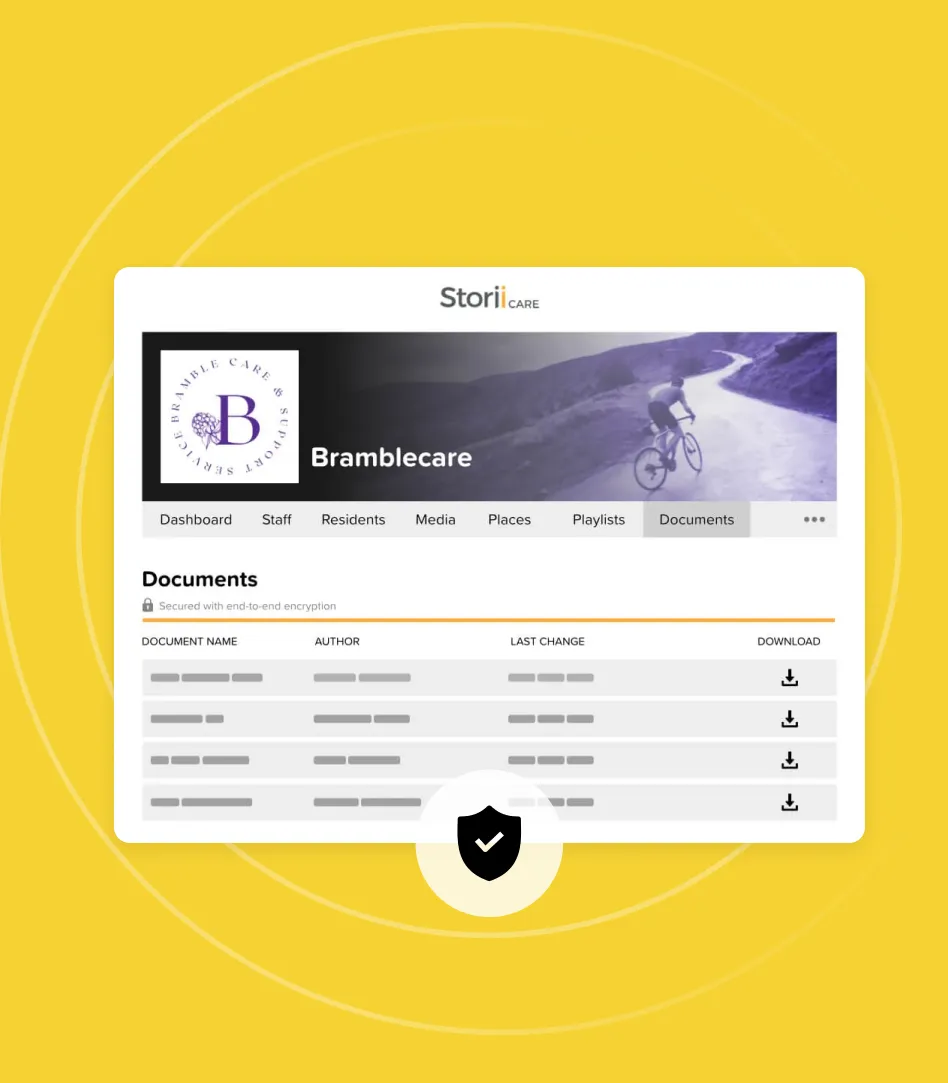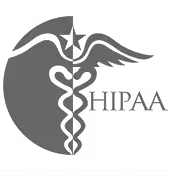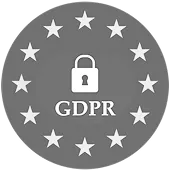The use of QR code technology has ramped up significantly in the last few years. Particularly in the healthcare and hospitality industries (we see you, QR menus!). The reason? The global pandemic, COVID-19.
In case you've been living under a rock, we will review what a QR code is. A QR code is a black square graphic that you can scan with the camera on your phone. Like this:

Upon seeing the QR code, your phone will display a pop-up banner for you to click on. Or it might automatically open a new window. QR codes can take you to websites, videos, PDF files...basically, anything.
You may have noticed restaurants, shops, and other venues urging patrons to 'check-in' using the QR code displayed on their door. This is because governments have been using QR codes throughout the pandemic for track & trace programs.
This is just one of many ways that QR code technology can be implemented to benefit the healthcare sector.
Medication Distribution Accuracy
Medication errors injure 1.3 million and kill 7-9,000 Americans annually. On a global scale, medication errors cost around $42 billion annually (source). Additionally, we have a rapidly aging population worldwide. Many elderly face multiple chronic conditions and complex medication management whether they are inpatient or outpatient.
Many pharmaceutical providers are looking to QR code technologies to improve safety. This is due to the significant clinical and financial consequences of medication errors.
QR code technology can provide pharmacists with an efficient, accurate, and inexpensive device to digitize prescription information. Scanning a QR code can save providers time and prevent distribution errors by:
- Ensuring authenticity (tackling counterfeit drugs)
- Displaying when the next dosage is due and exact procedure to follow
- Providing further information about the medication (contents, warnings, side effects, etc.)
Personal Identification
It’s not uncommon to see QR codes on healthcare staff badges these days. Some HR systems use this technology to track work hours. Staff scan their QR badge to clock in and out for the day.
Furthermore, some communities are testing out QR code badges for senior citizens in the general public. Fear of becoming lost or disoriented can keep many seniors home. This puts those people at increased risk for loneliness and depression.
The QR badge can be worn anytime a senior goes out. If anything were to happen, someone with a smartphone can scan an elderly person's badge. This would bring up information like family contact details, address, and diagnosis. Or potentially any other key data that might be worth having accessible in case of an emergency.
Hospitals and care homes are also encouraging the use of QR code technology for wrist bands, patient charts, and rooms. Care staff can easily scan and access patient information quickly using a QR code rather than fumbling through a heavy binder.
Forms & Assessments
What do assisted living facilities, respite care, nursing homes, adult day services, home care, and housing associations all have in common? Besides providing care, of course. Lots of paperwork!
Any form or document can be embedded into a QR code. Some examples include:
- Information about services
- Policies & Procedures
- Intake forms
- Assessments
- Education materials about health topics or conditions
- Brochures/flyers for events and activities
- Discharge instructions
With QR code technology, access to healthcare information has never been easier. By posting QR codes in visible areas, people can scan the code and access whatever information they need to download or submit. In the era of COVID-19 and climate change, QR codes have helped reduce paper waste and risk of infection.
EHR systems like StoriiCare automatically generate a QR code for every form a care provider creates on their platform. This makes it accessible and ready to be used at a moment’s notice.
Marketing
MediaMind did a study analyzing 3 billion ad impressions globally over a 6-month period. The results showed that people are 27 times more likely to click-through online video ads than standard text and image ads (source).
Since QR codes can open up a video when scanned, it makes for a great marketing tool. Reading a brochure about your service isn’t as appealing as a quick video that explains the advantages of what you offer. QR codes could also link to social media pages that show off what an active care community you are. Or, excellent customer reviews.
When attached to your materials, QR codes can promote and grow your brand awareness. This goes the extra mile in making an impact on your acquisition and profit.


.avif)

.png)
.png)
.png)










